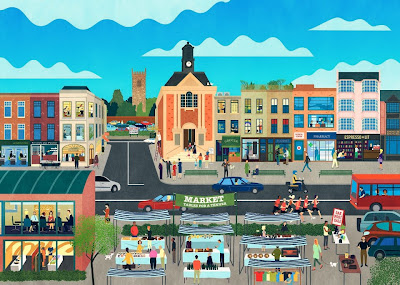Liberty, situated in the heart of London since 1875, is one of the ‘last great emporiums for innovative and eclectic design’ (Liberty).
To this day, each visit is a journey of discovery, excitement and indulgence, combining a rich heritage with innovative, avant-garde design. It inspires and delights through a luxurious offering of beautiful products and invites you to ‘get truly lost in Liberty’ (Liberty).
 |
| Liberty, www.liberty.co.uk |
The Regent Street department store is now set to launch a childrenswear department on March 1st 2012.
Little Liberty will sell a selection of children’s clothes, accessories, toys, gifts and books and span almost 2,000sq ft on the 3rd floor. Clothing brands will include the likes of Stella McCartney, Paul Smith, Marc by Marc and Isabel Marant.
 |
| Stella McCartney |
 |
| Paul Smith |
 |
| Marc by Marc |
 |
| Isabel Marant |
Liberty managing director, Ed Burstell said,
“Kidswear is one of the main things we get asked about in store. We’ll take the same approach as we do with women’s and men’s fashion – an eclectic mix that blurs the line between designer and contemporary – just great product.”
See ‘Pure London Top Story’, 27/12/2011:










































